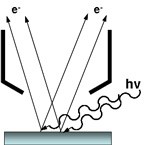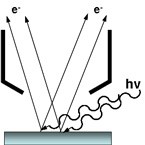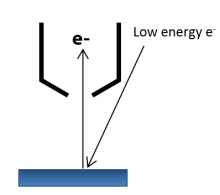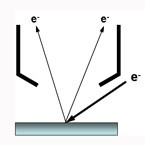It is the surface, or outermost layer of atoms of a solid, that will really define how that material interacts with is surroundings and how it behaves for its intended purpose. In fact, the surface of a solid is perhaps the most important region of the material. For example, it will define the materials' adhesive properties. Will something stick to that surface such as a protective coating to prevent corrosion or reduce the ability of small cells to adhere and form biofilms? In this article the importance of surfaces in materials science is highlighted along with important analytical techniques available to characterise those surfaces.




